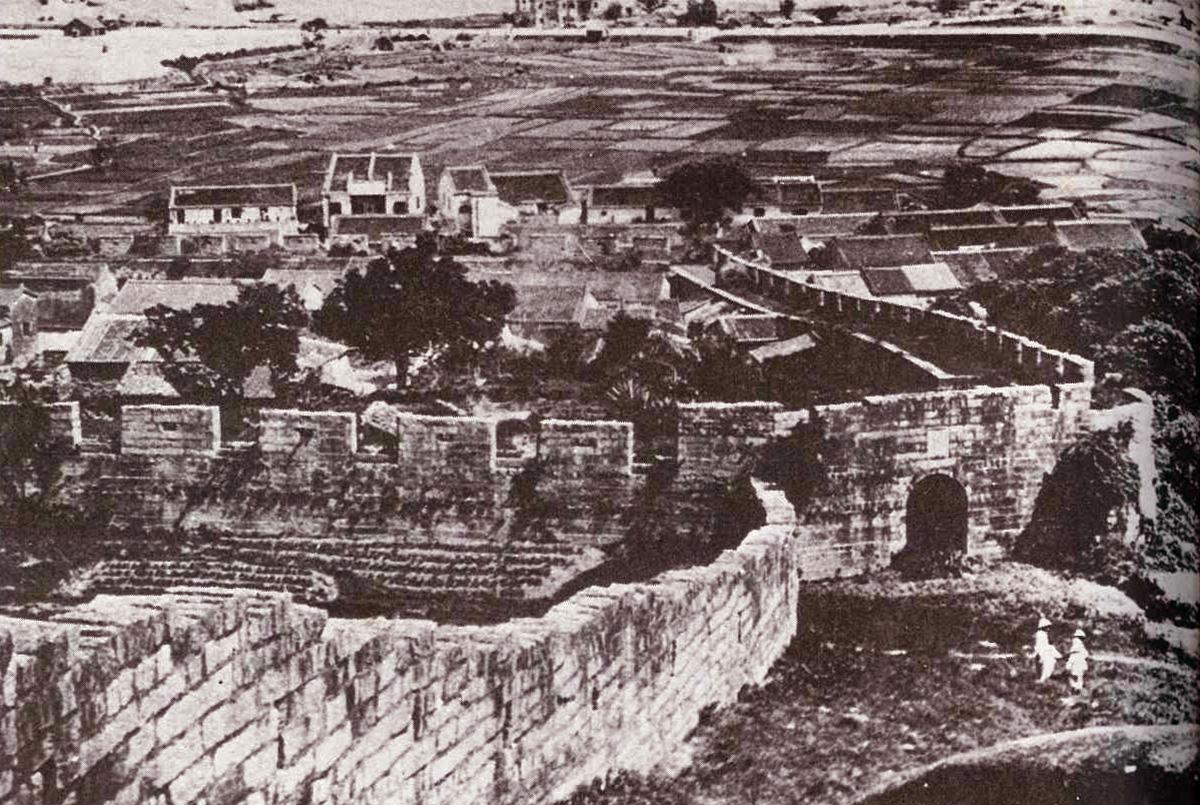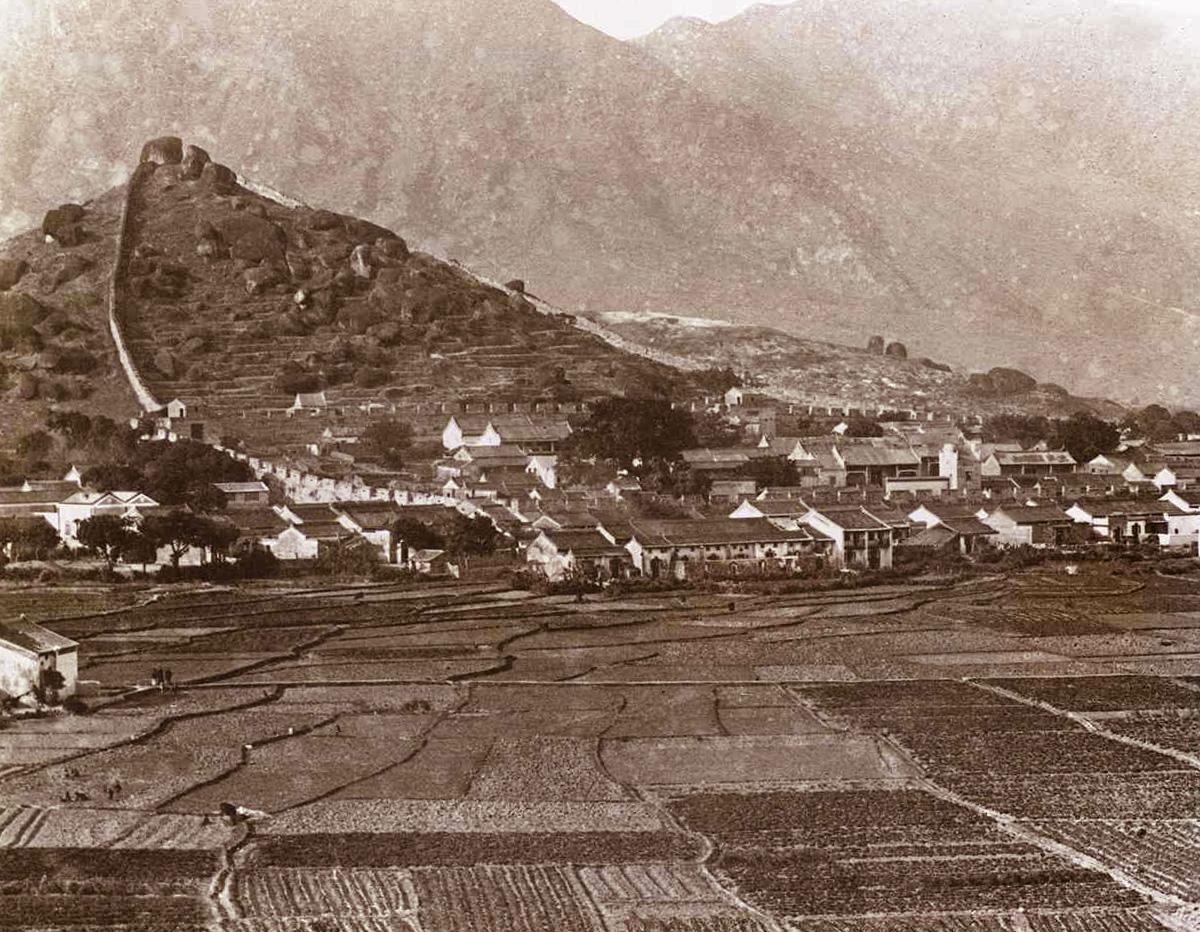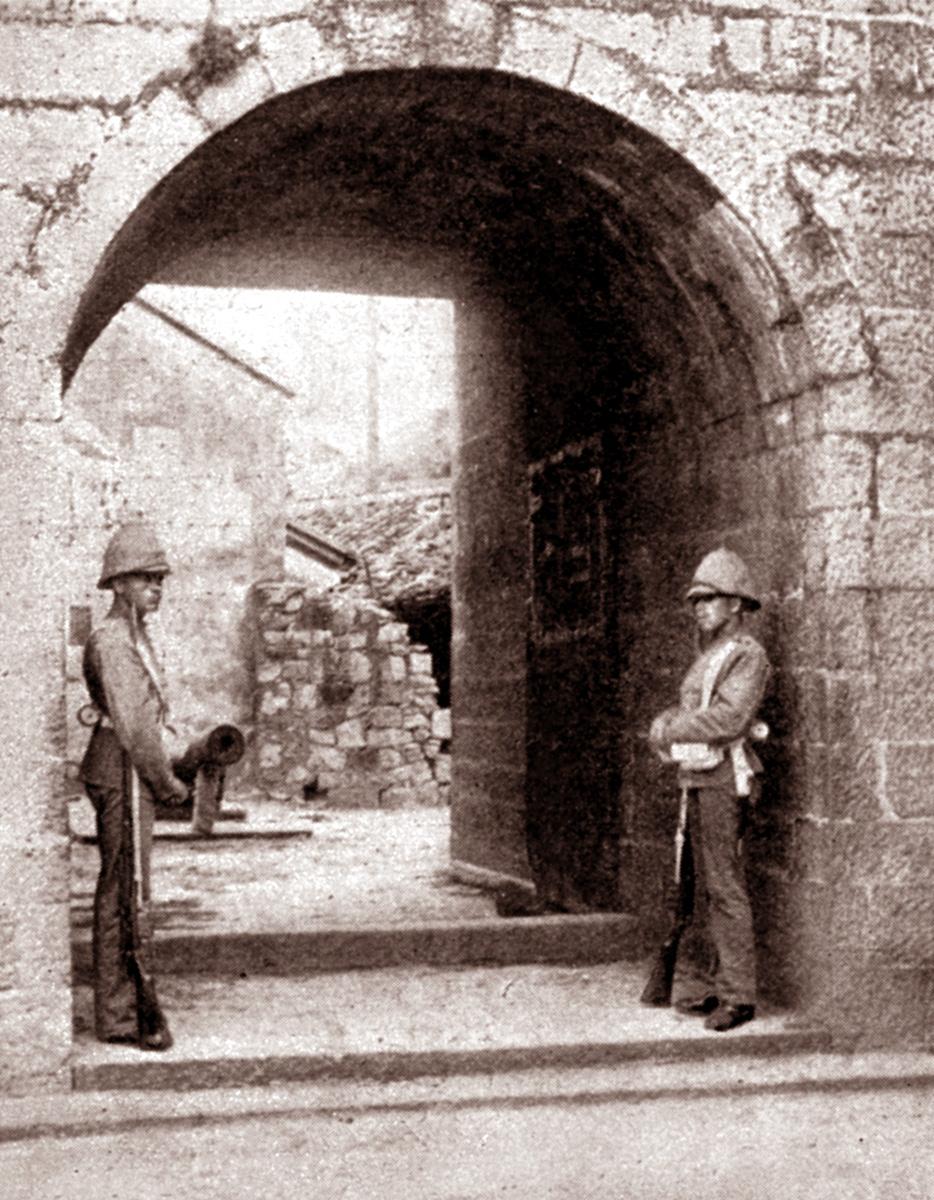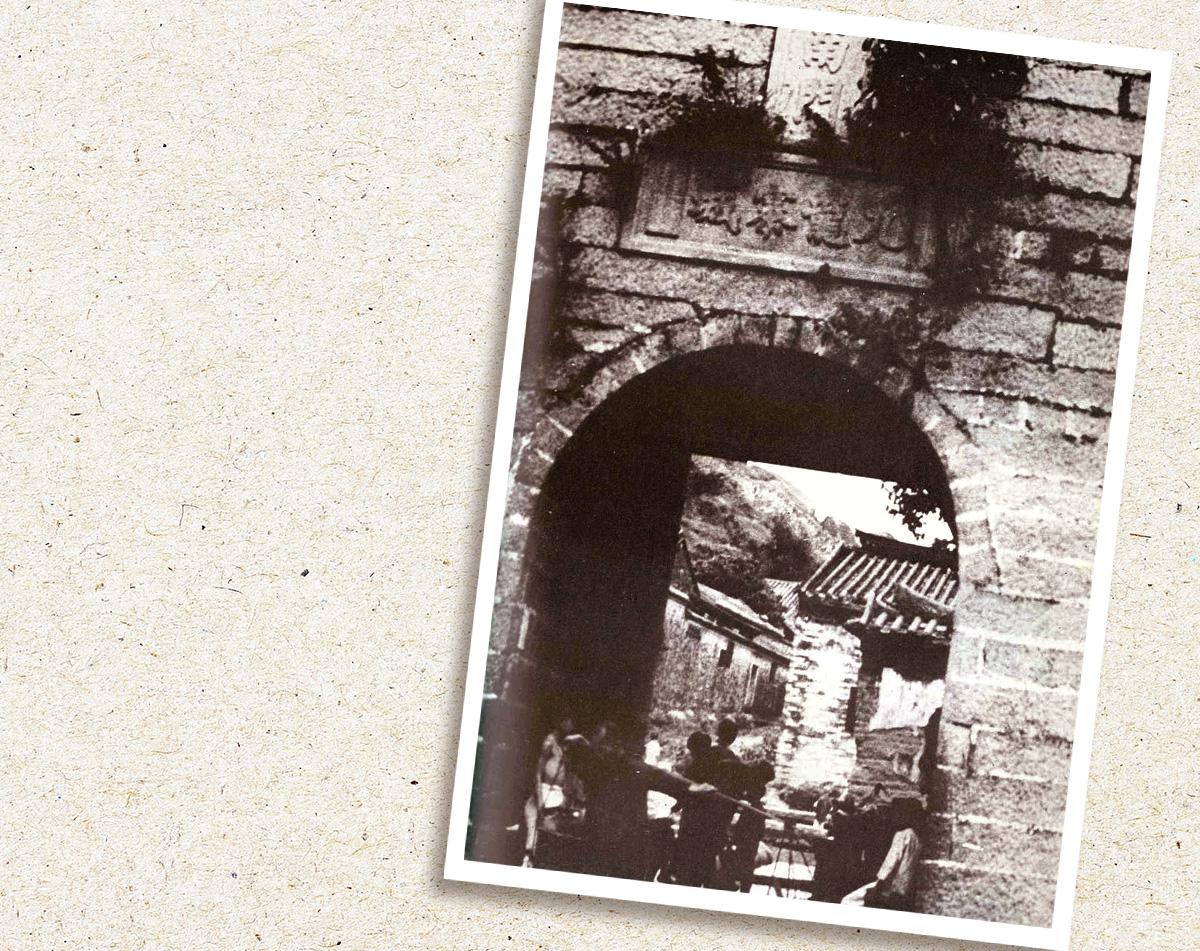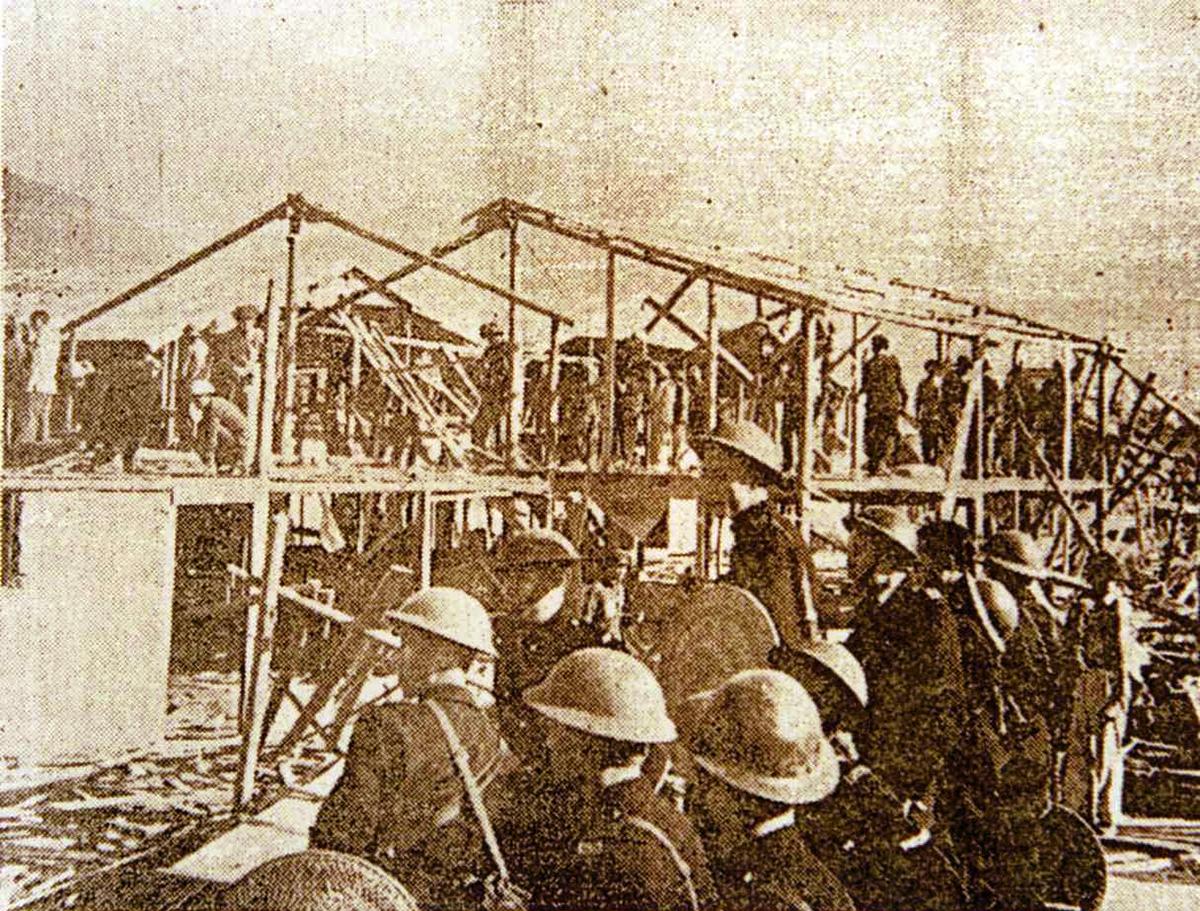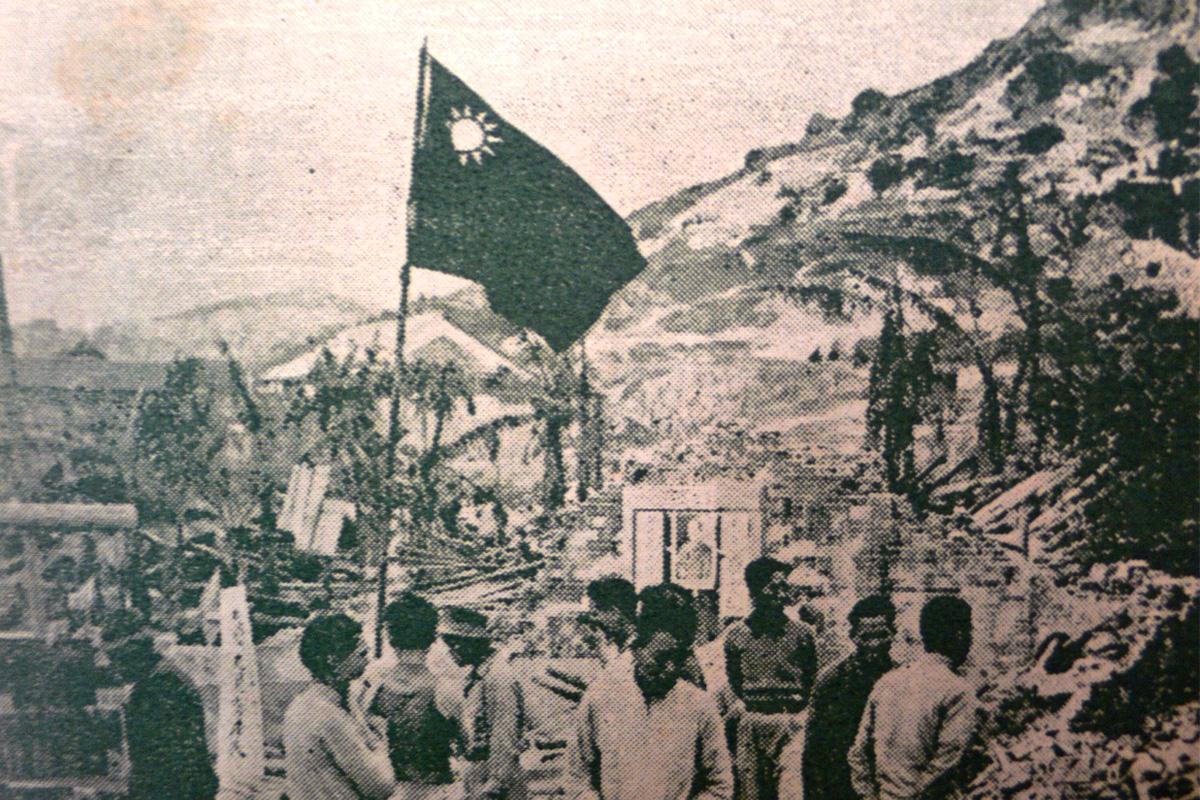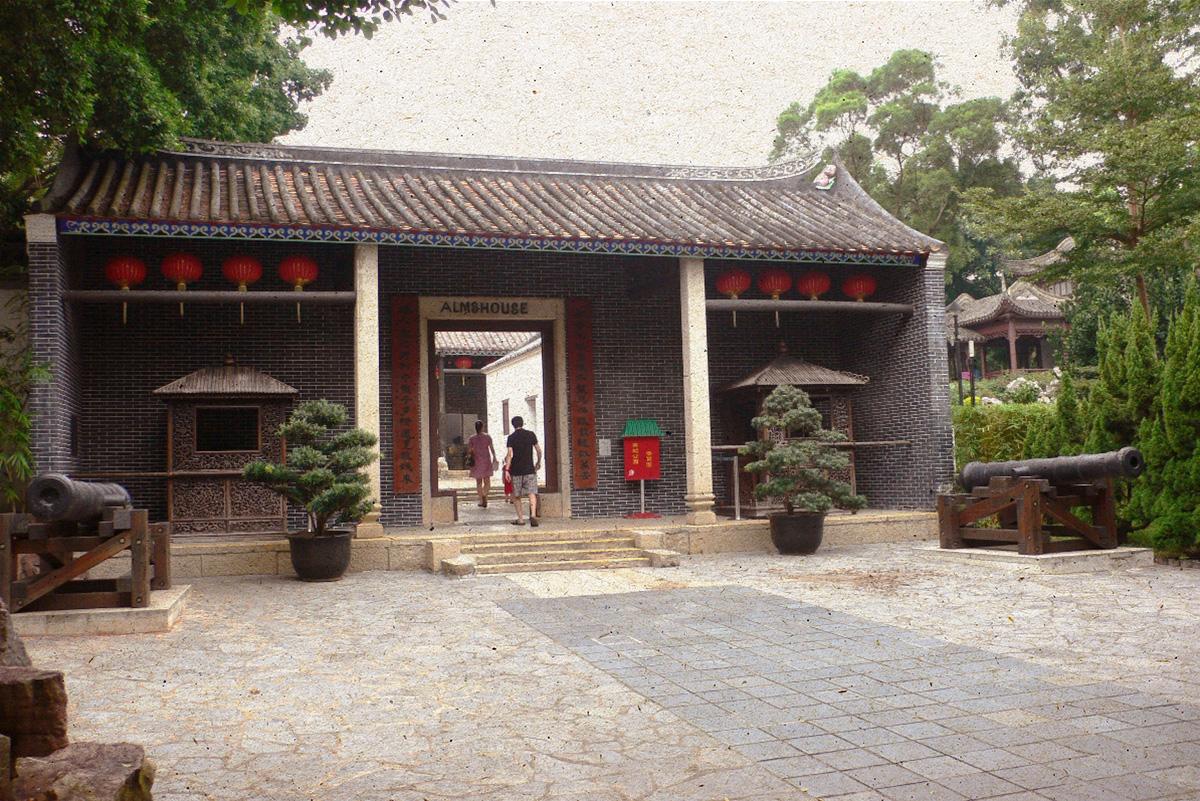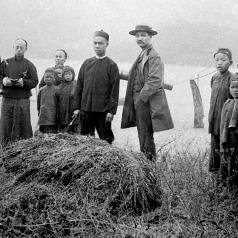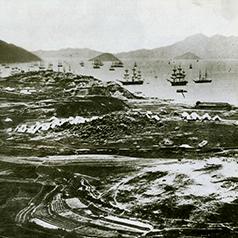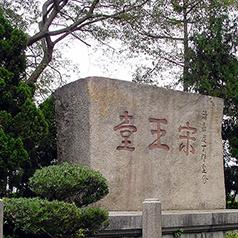The Kowloon City (also known as Kowloon Walled City) issue was once controversial. The problem of which country controlled it was related to the 1898 Convention Between Great Britain and China Respecting an Extension of Hong Kong Territory. It retained the Chinese jurisdiction of Kowloon City “except insofar as may be inconsistent with the military requirements for the defence of Hong Kong”.
However, in 1899, the British violated the Convention and sent troops to expel the Qing government officials and soldiers. Successive Chinese governments insisted on their jurisdiction over Kowloon City. During the 20th century, although the Chinese governments did not garrison Kowloon City, they would strongly protest when the British Hong Kong government demolished the Chinese civilian housing there. The British hesitated to enforce its judicial authority over Kowloon City because of the insistence of the Chinese governments. This allowed Kowloon City to become an ungoverned yet historic settlement.
In 1984, China and Britain signed the Sino-British Joint Declaration. This meant that China would ultimately resume its sovereignty over the Hong Kong territory, including Kowloon City. Both China and Britain agreed to the Hong Kong government’s proposal of demolishing Kowloon Walled City and building a park and recreation area on the site. The present-day Kowloon Walled City Park occupies the original site of Kowloon Walled City since 1995.
|
|
Why did Kowloon City become ungoverned? |
|
|
See answer below. |
A panoramic view of Kowloon City (around 1870s)
The origin of Kowloon City: After Hong Kong Island was ceded to Britain, the Kowloon Peninsula became vulnerable. To protect its territory from further British invasion, the Qing government built a stone city called Kowloon Walled City in 1847. The City sat by the sea area of Kowloon Bay and south to Pak Hok Shan. The equipped city included an office of the Assistant General, an office of the Assistant Military Inspectorate, an army drill site, a parade ground, gunpowder and ordnance magazines, and soldiers’ quarters. It was the Qing political and military centre of in the present-day Hong Kong territory.
In May 1899, the British revoked the Convention and occupied Kowloon City. (Photo provided by Ko Tim-keung)
Overlooking Kowloon Bay from Kowloon City (around 1910).
The city wall and part of the view of Kowloon City (around 1930).
The South Gate of Kowloon Walled City (1935).
In 1948, the British Hong Kong Police demolishing the Chinese civilian housing in Kowloon City by force. This caused strong protests from the Chinese in the mainland and in Hong Kong.
The British demolition left ruins behind in Kowloon City in 1948.
Kowloon City in 1985. (Photo taken by Liu Shuyong in 1985)
The office of the Kowloon Assistant Military Inspectorate in Kowloon Walled City Park (Photo taken by Liu Shuyong in 2010)
Two granite plaques bearing the Chinese characters for “Kowloon Walled City” and “South Gate” respectively displayed in Kowloon Walled City Park (Photo taken by Liu Shuyong in 2010)
|
|
Why did Kowloon City become ungoverned? |
|
|
The 1898 Convention Between Great Britain and China Respecting an Extension of Hong Kong Territory retained China’s legal jurisdiction of Kowloon City. However, in 1899, the British violated the Convention and expelled the Qing garrison in Kowloon City. The governments of the Qing dynasty, the Republic of China, and the People’s Republic of China insisted they had legal jurisdiction of Kowloon City. The strong attitude of the Chinese governments and the civilians’ persistent anti-British sentiment in Kowloon City prevented the British Hong Kong government from implementing a tough policy over the issue of Kowloon City. There was no official definition regarding the “no jurisdiction” issue of Kowloon City. Before 1949, the Hong Kong police and government were not allowed in Kowloon Walled City. The vacuum of civil order was resulted from the Hong Kong government being “dare not intervene”, the British government “reluctant to intervene”, and the Chinese governments “unable to intervene”. Kowloon City thus stood as a vice den and a slum. After the Second World War, there was a large influx of refugees into Hong Kong from Mainland China. The population of the City (it was then commonly known as Kowloon Walled City). The civil order and hygiene festered when gangs and crimes prevailed. It was not until the 1970s that the situation improved. The legendary City has inspired many novels, comics, films and television programmes. |
Unless otherwise specified, the images in this material are provided by Professor Lau Chi-pang and Professor Liu Shuyong. Every effort has been made to trace the copyright holders and obtain permission to reproduce this material. Please do get in touch with any enquiries or any information relating to this image or the rights holder.




